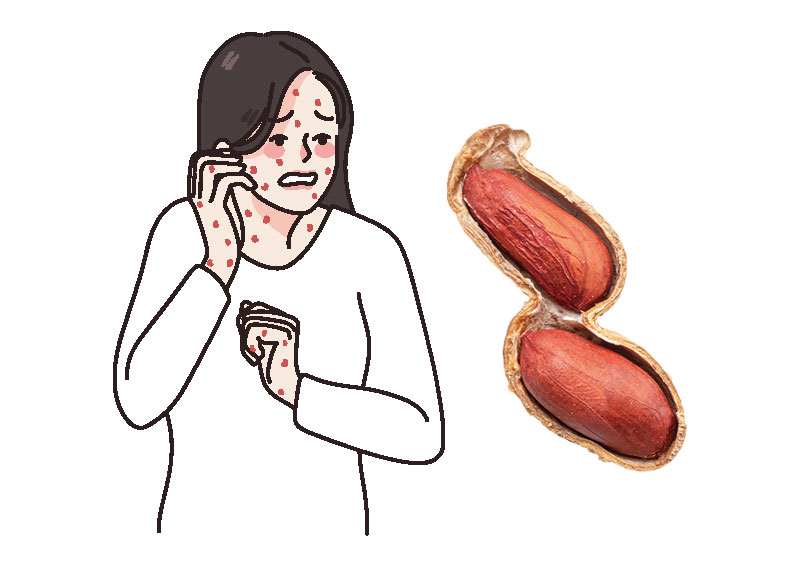
Peanut allergy is a severe health issue, affecting around 1.5 to 3 percent of children in America and Europe. Peanut allergy has been on the rise since the 1990s, becoming so common that some schools ban the ingredient outright.
The reasons for this rise of peanut allergy over the past few decades remain a mystery, but scientists believe it involves a mix of genetic, biological, and environmental factors. Research is ongoing to increase our understanding of what triggers this allergy and find effective ways to manage and prevent it.
An allergic reaction to peanuts occurs quickly after exposure. Peanut allergy symptoms include hives, tingling in or around the mouth and throat, stomach cramps, and nausea. In severe cases, anaphylaxis may occur, causing difficulty breathing, a severe drop in blood pressure, or loss of consciousness.
Unfortunately, the prevalence of peanuts as an ingredient and the possibility of cross-contamination during food preparation makes avoiding peanuts nearly impossible. Even a tiny fragment of a single peanut can cause a reaction in sensitive individuals.
Interestingly, recent studies suggest that introducing peanut-based foods to infants as young as 4 to 6 months old may significantly reduce the risk of developing peanut allergy later in life. This early exposure trains the immune system to recognize peanuts as safe to consume. Researchers found that introducing peanut products into all babies’ diets could cut peanut allergy cases by 77 percent.